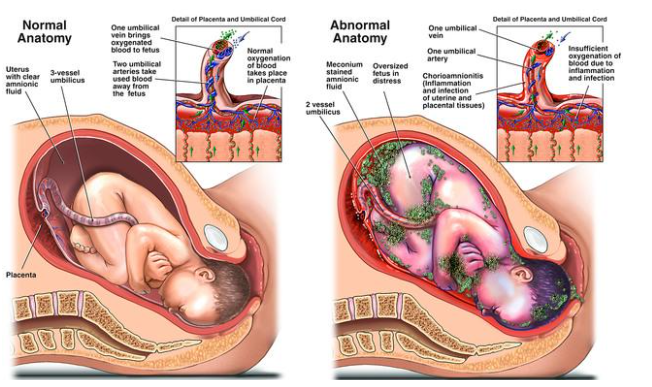Which nursing intervention is most important for preventing surgical site infections in clients undergoing surgery?
Administering prophylactic antibiotics as ordered
Encouraging coughing and deep breathing exercises
Providing adequate pain control
Assessing for signs of deep vein thrombosis.
The Correct Answer is A
The correct answer is choice A) Administering prophylactic antibiotics as ordered. According to the WHO guidelines for the prevention of surgical site infection (SSI), prophylactic antibiotics should be given within 60 minutes before skin incision and discontinued within 24 hours after surgery.
This reduces the risk of SSI by preventing bacterial colonization of the surgical site.
Choice B) Encouraging coughing and deep breathing exercises is wrong because this intervention is mainly for preventing respiratory complications, not SSI. Coughing and deep breathing exercises help to clear secretions and prevent atelectasis and pneumonia.
Choice C) Providing adequate pain control is wrong because this intervention is mainly for improving patient comfort and recovery, not SSI. Pain control may reduce stress and inflammation, but it does not directly affect the risk of SSI.
Choice D) Assessing for signs of deep vein thrombosis (DVT) is wrong because this intervention is mainly for preventing venous thromboembolism (VTE), not SSI.
DVT is a condition where a blood clot forms in a deep vein, usually in the legs.
It can cause pain, swelling, and redness. If the clot breaks off and travels to the lungs, it can cause a pulmonary embolism (PE), which can be life-threatening.
Some other intraoperative interventions for preventing SSI include using an alcohol-based skin prep, maintaining body temperature, using impervious wound protectors, and performing SSI surveillance.
Nursing Test Bank
Naxlex Comprehensive Predictor Exams
Related Questions
Correct Answer is D
Explanation
The correct answer is choice D. All of the above interventions should be implemented in the immediate postoperative period after a cesarean delivery.
Choice A is correct because assessing the client’s fundus for firmness and position is important to prevent postpartum hemorrhage and monitor uterine involution.The fundus should be firm and at the level of the umbilicus one hour after delivery and descend into the pelvis at a rate of approximately 1 cm per day.
Choice B is correct because encouraging early ambulation can prevent thromboembolism, which is a potential complication of cesarean delivery.Early mobilization can also reduce pain, ileus, and urinary retention.
Choice C is correct because monitoring the client’s intake and output can help detect fluid imbalance, dehydration, or urinary tract infection.
Fluid intake should be adequate to maintain hydration and support lactation.Urinary output should be at least 30 mL per hour.
Therefore, choice D is correct because all of the above interventions are appropriate for postoperative care after a cesarean delivery.

Correct Answer is ["A","B"]
Explanation
The correct answer is choice A and B.A temperature of 38°C (100.4°F) or higher and foul-smelling lochia or increased lochia are signs of infection after a C-section.A C-section is a major surgery that involves making incisions in the abdomen and uterus, which can get infected by bacteria.An infection can also affect the lining of the uterus (endometritis) or the urinary tract.
Choice C is wrong because tenderness or hardness in the lower abdomen is normal after a C-section and does not indicate an infection.
Choice D is wrong because a decreased white blood cell count is not a sign of infection.In fact, an increased white blood cell count is more likely to occur with an infection.
Choice E is wrong because increased thirst or dry mouth is not a sign of infection.It could be due to dehydration, medication, or hormonal changes.
Whether you are a student looking to ace your exams or a practicing nurse seeking to enhance your expertise , our nursing education contents will empower you with the confidence and competence to make a difference in the lives of patients and become a respected leader in the healthcare field.
Visit Naxlex, invest in your future and unlock endless possibilities with our unparalleled nursing education contents today
Report Wrong Answer on the Current Question
Do you disagree with the answer? If yes, what is your expected answer? Explain.
Kindly be descriptive with the issue you are facing.
